Hypericum Patulum: The Numberday Flower That Blooms All Summer
Here are some additional facts about Hypericum patulum:
- The flowers of Hypericum patulum are typically yellow, but they can also be orange, red, or white.
- The leaves of Hypericum patulum are oval-shaped and serrated.
- Hypericum patulum is a good source of nectar for bees and butterflies.
- The berries of Hypericum patulum are poisonous to humans and animals.
Hypericum patulum, also known as goldencup St. John's wort or yellow mosqueta, is a beautiful and versatile plant that can be grown in a variety of settings. It is known for its large, bright yellow flowers and its attractive foliage. Hypericum patulum is also a medicinal plant that has been used for centuries to treat a variety of ailments.
If you are interested in learning more about Hypericum patulum, please visit Home Gardening. This website provides comprehensive information about the plant, including its history, cultivation, and medicinal properties.
FAQ of hypericum patulum
- What is Hypericum patulum?
- Hypericum patulum is a species of flowering plant in the Hypericum genus, commonly known as St. John's wort. It is native to Asia Minor and China, but is now cultivated in many parts of the world.
- What are the benefits of Hypericum patulum?
- Hypericum patulum has a number of medicinal benefits, including:
- Treating mild to moderate depression
- Reducing anxiety
- Improving sleep quality
- Alleviating pain
- Boosting the immune system
- It is also used in traditional Chinese medicine to treat a variety of other conditions, such as wound healing, eczema, and high blood pressure.
- Hypericum patulum has a number of medicinal benefits, including:
- How do I grow Hypericum patulum?
- Hypericum patulum is a relatively easy plant to grow. It prefers full sun and well-drained soil. It can be grown from seed or cuttings.
- How do I propagate Hypericum patulum from cuttings?
- To propagate Hypericum patulum from cuttings, you will need to take 10cm cuttings from the plant. The cuttings should be taken from just above a bud. Once you have the cuttings, remove the lower leaves and dip the bottom in a rooting hormone. Plant the cuttings in a pot with compost and water them well. Place the pot in a warm location and keep the soil moist. The cuttings should root in about 4-6 weeks.
- What are the side effects of Hypericum patulum?
- Hypericum patulum is generally safe when used as directed. However, it can interact with certain medications, such as antidepressants, blood thinners, and HIV medications. It is important to talk to your doctor before taking Hypericum patulum if you are taking any medications.
Image of hypericum patulum
- Image 1: A close-up of a hypericum patulum flower, showing the yellow petals and black dots.
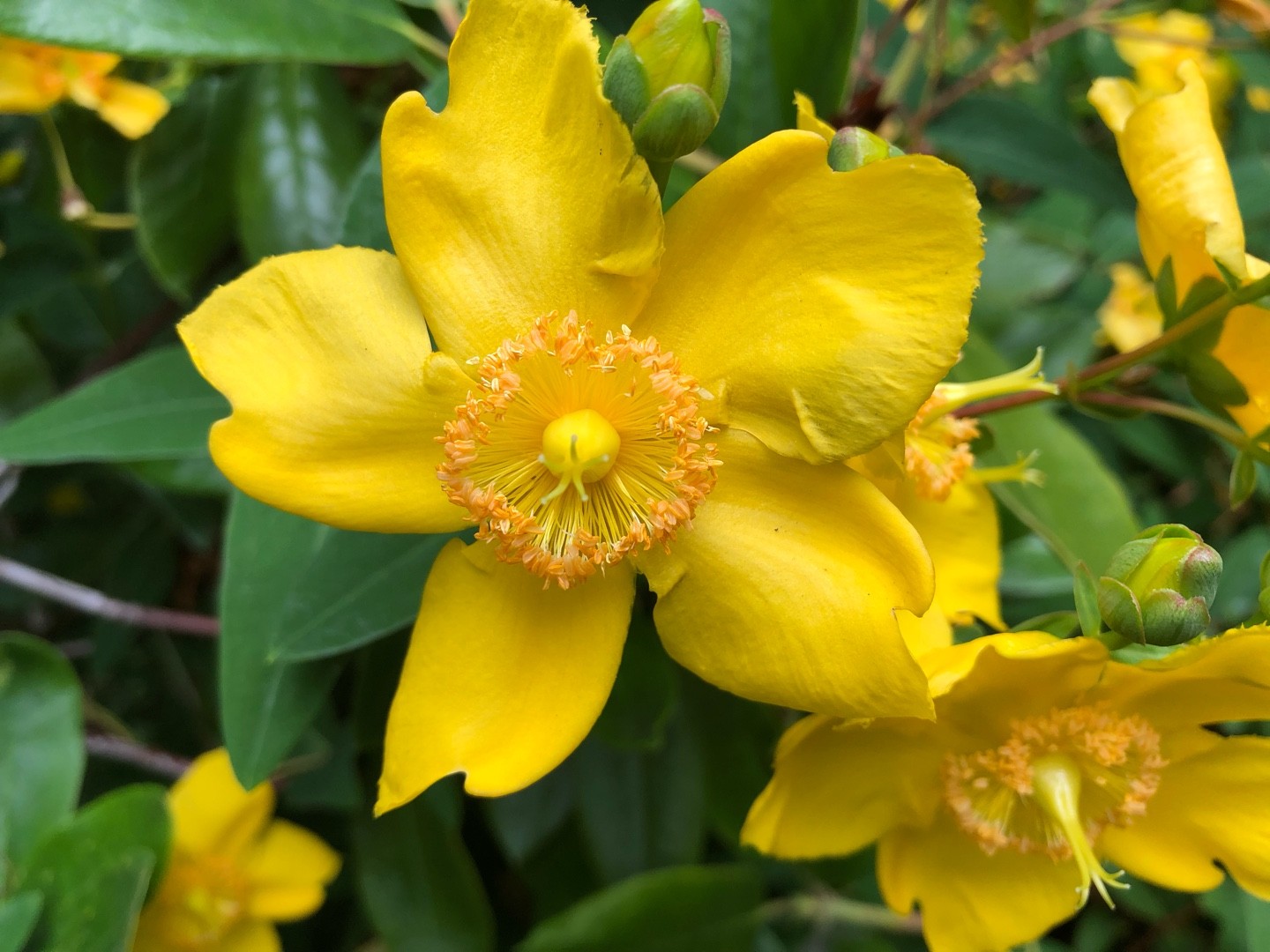
- Image 2: A full-on view of a hypericum patulum plant, showing the yellow flowers, green leaves, and tall stems.
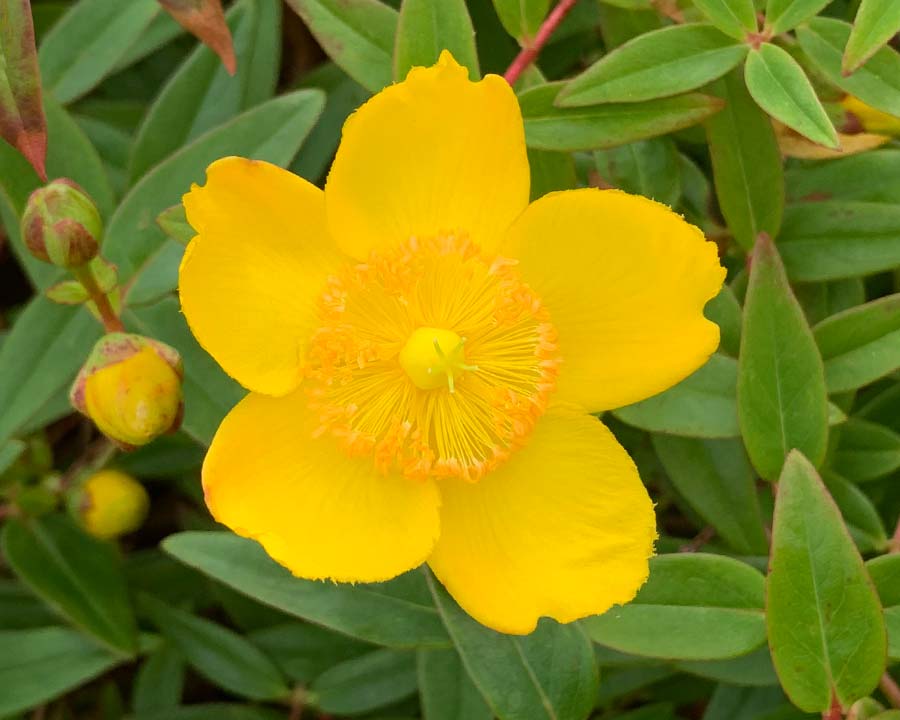
- Image 3: A cluster of hypericum patulum flowers, growing in a garden.

- Image 4: A hypericum patulum plant in bloom, against a background of blue sky.

- Image 5: A hypericum patulum leaf, showing the serrated edges and silvery underside.
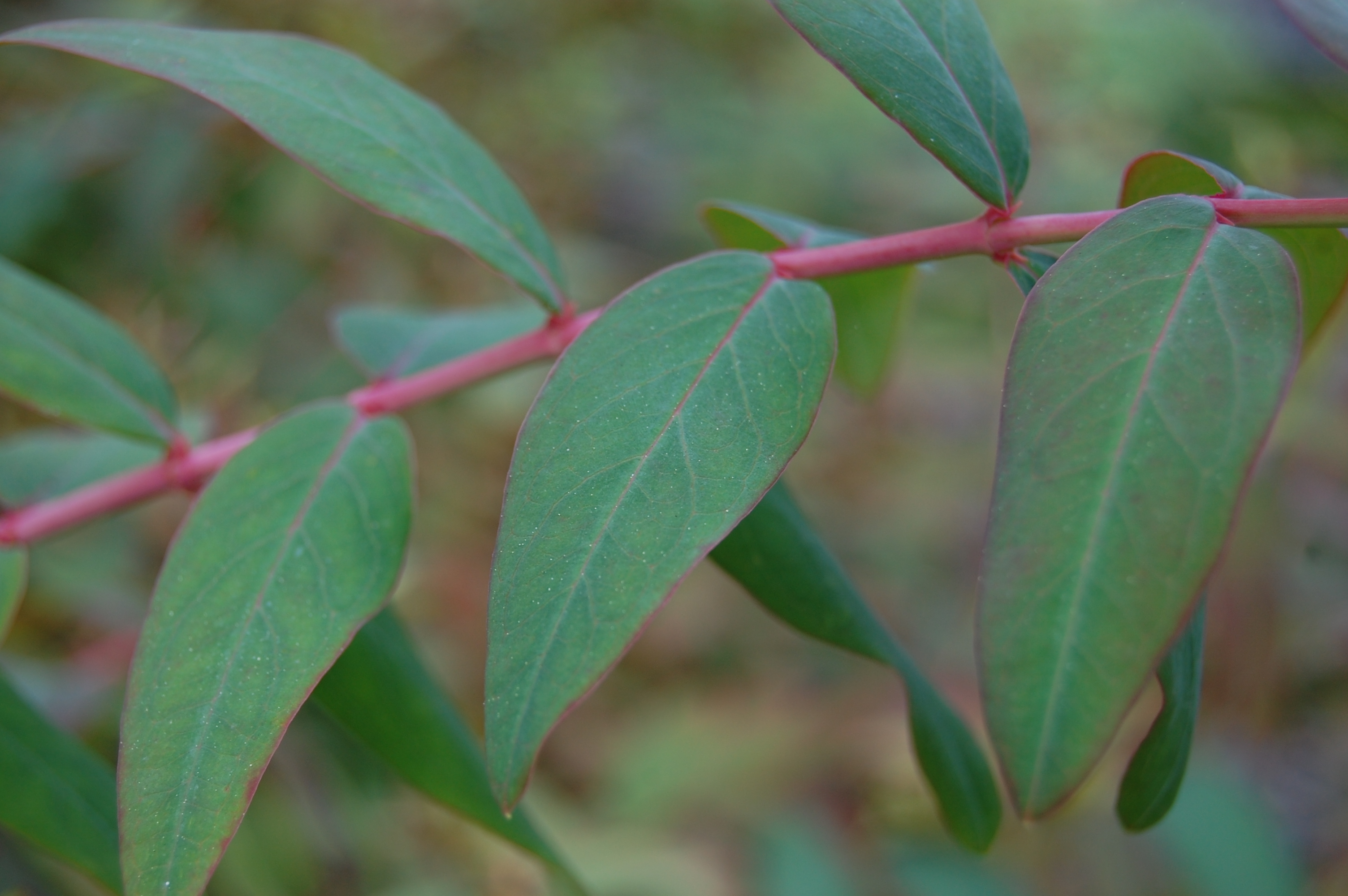
- Image 6: A hypericum patulum stem, showing the small black dots that are characteristic of the species.
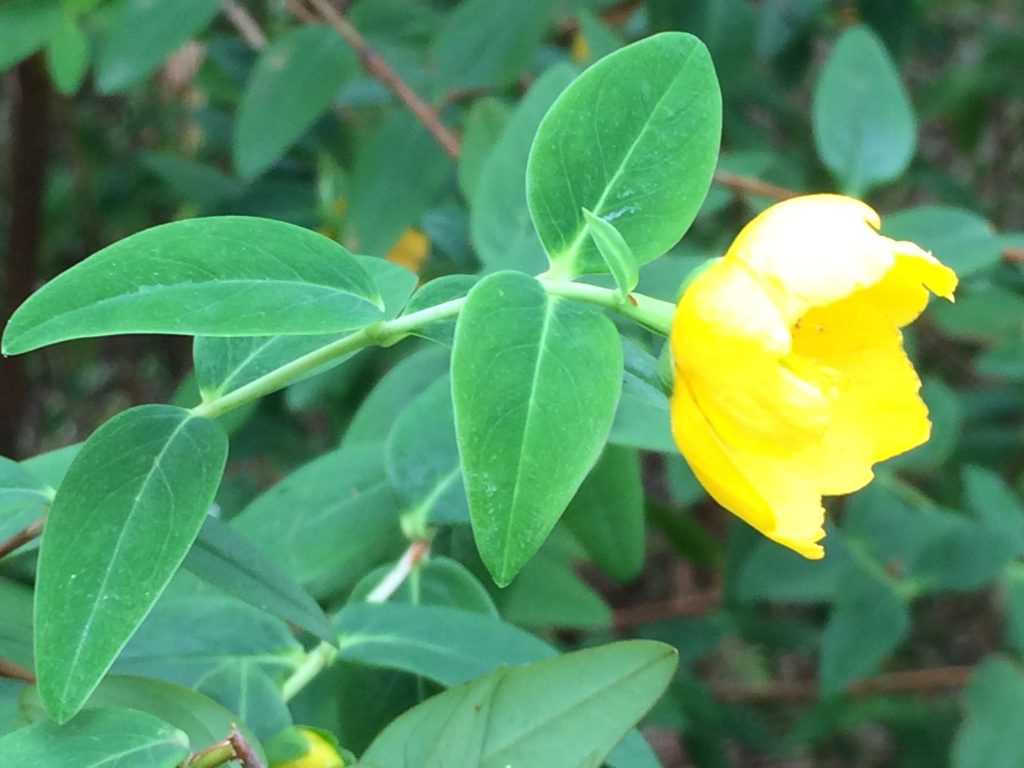
- Image 7: A hypericum patulum plant in winter, with the leaves gone but the stems still standing.
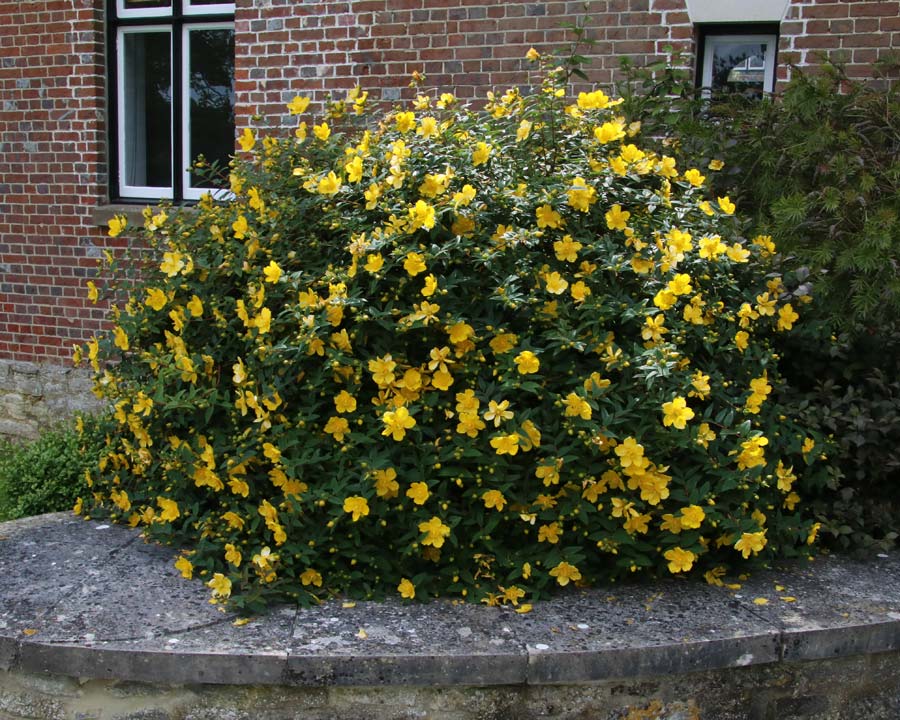
- Image 8: A hypericum patulum plant in a vase, with the flowers arranged in a loose bouquet.

- Image 9: A hypericum patulum flower, dried and pressed between two sheets of paper.
- Image 10: A hypericum patulum oil, extracted from the flowers and leaves of the plant.

Post a Comment for "Hypericum Patulum: The Numberday Flower That Blooms All Summer"